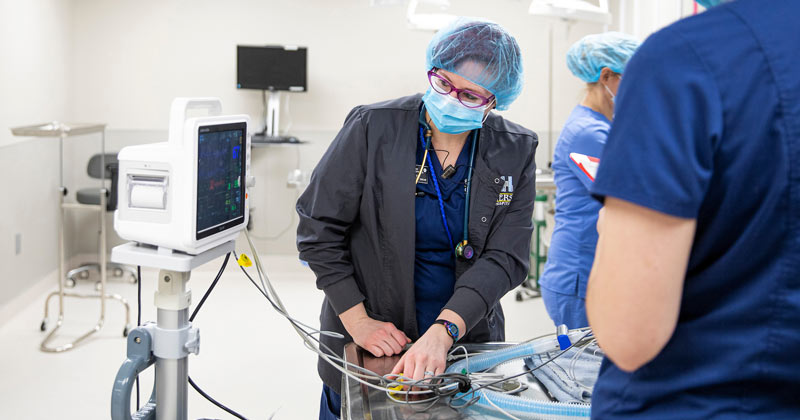
There are times when your pet will need surgery, either routine or more advanced. You will find comfort in knowing that our doctors have the experience necessary to get your pet on the road to recovery. Our veterinarians perform surgeries daily and, when needed, emergency surgeries.
All surgeries are performed under anesthesia. For the health and safety of your pet, we require pre-anesthetic blood work to detect any underlying diseases for all surgeries. With your pet’s comfort and safety at the forefront, we utilize pain management protocols before, during, and after surgery, until they have completely recovered.
Conyers Animal Hospital provides the following pet surgeries:
Today’s modern anesthetic monitors have made surgery much safer than in the past. Our hospital performs a thorough physical exam and pre-op blood testing on your pet before surgery to ensure they are healthy enough to undergo anesthesia. Even healthy animals can have serious organ system problems that cannot be detected without blood testing. The amount and type of anesthetic used depends on the health of your pet and can be adjusted accordingly. All surgical patients receive IV fluids during their procedure, and if serious problems are detected, surgery will be postponed.
A hospital team member will contact you before your scheduled surgery appointment to confirm the time you will be dropping your pet off and to answer any questions you might have.
It is important that surgery is done on an empty stomach to reduce the risk of vomiting during and after anesthesia. You will need to withhold food for 10 hours before surgery. Water can be left down for the pet.
For many surgeries, we use absorbable sutures underneath the skin. These will dissolve on their own, and do not need to be removed later. Some surgeries, especially lump removals, do require skin stitches but are typically dependent on the size and location of the lump. With either type of suture, you will need to keep an eye on the incision for swelling or discharge. Most dogs and cats do not lick excessively or chew at the incision, but we do recommend an e-collar for all surgeries to prevent infections.
If there are skin sutures, these will need to be removed 14 days after surgery. You will also need to limit your pet’s activity level for 5-7 days for most routine surgical procedures. No baths are allowed for the first 14 days after surgery.
Anything that causes pain in people can be expected to cause pain in animals. Pets may not show the same symptoms of pain as people do; they usually don’t whine or cry, but you can be sure they feel it. Pain medications needed will depend on the surgery performed.
While your pet is under anesthesia, it is the ideal time to take care of other minor services such as teeth cleaning/polish, ear cleaning, or implanting a microchip. Please tell us if you are interested in adding additional services before your pet’s surgery so we can work up an estimate and allow for extra surgical time.
We understand that it can be stressful when your pet needs surgery. Our veterinarians will walk you through every step of the procedure and answer all your questions. Call (770) 483-1551.
If you’d like to contact us, call us at (770) 483-1551 or request an appointment online.
Follow us on social media:
Closed from 1-2pm daily for lunch
*Saturday Walk-ins available on a first-come, first-served basis. Wait times vary, and you may be turned away if we reach capacity.